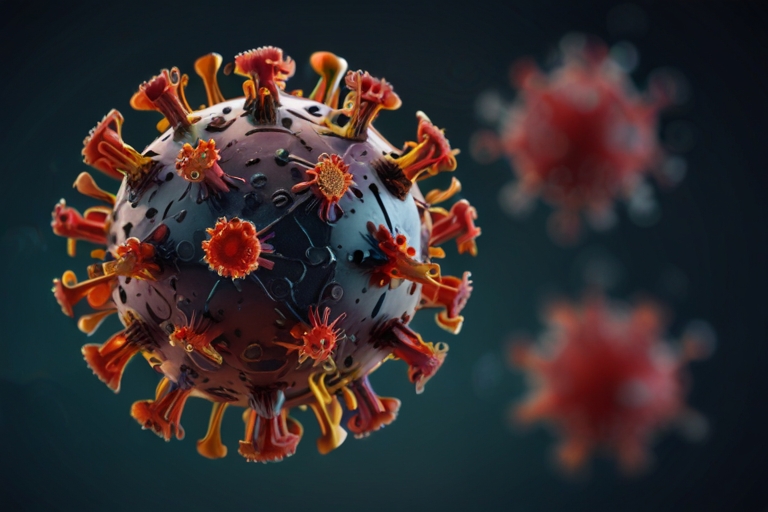Te world, at the same time that it has to face the variegated problems of the COVID – 19 pandemic, becomes invulnerable to the consumption pandemic, in 2024. The question, is the consumption one still major threat ? The COVID-19 immunization and heightened understanding of the virus do not go far enough in order to overcome the epidemic. The worse bit is that the future is still uncertain and that uncertainty has to be tackled.
Emergence of Variants: The virus is still in its infinitum among people as it keeps changing its mutations. The inability to foresee the pandemic’s evolution and the effectiveness of current vaccines make everyone concerned. One the other hand, if we take into consideration the infectious nature of the disease, other variants may have mutated, may be able to spread easily and/or unvaccinated population may be more likely to them. Nevertheless, we should not forget that the role of ongoing research studies, along with surveillance accomplishments, will be key for addressing the threats that might arise again.
Vaccine Distribution and Access: Moreover, the shortage remains, it can be as a consequence of a shortage in the supply chain either in the country level or country-to-county inequity. Despite the fact some parts have made significant progress in vaccination, the issue unfortunately still remains, and this is the challenge of sending vaccines to remote areas and their citizens’ reluctance about receiving them as well as the shortage that prevents other areas from achieving good level of immune status among their population.
Long-Term Health Effects: Not only now, but once COVID-19 is behind, even then, the virus will potentially continue to exist and cause disease, long-term, in a significant proportion of individuals. This is closely associated with post-acute COVID syndrome that is often known as Long COVID. E. g. long-term memory problems, weakness, and concentration deficits which prevail over the acute phase and require rehabilitation and continuous support of people having the aforementioned.
Public Health Measures: Notwithstanding that the measures like mask wearing, social distancing, and testing are not, in some cases, strong enough to prevent a widespread pattern of COVID-19 in some regions as they are fast spreading diseases, their role is important in the areas that are having surges or outbreaks simply because of the high burden. doing what the health agencies are telling you such as following the right measures to be applied is always essential because people are not transmitted and the most vulnerable are forgotten.
Global Preparedness and Response: The H1Nl structured the importance of global partnership and adequacy to respond to any serious public health emergencies as demonstrated by the Coronavirus and Sars. Therefore, the lengthy provision of resources for epidemics response and emergency planning as well as the international cooperation should be universally appreciated for successful epidemics handling that will in return brings second-hand effects of safer public health and the economy.
Meanwhile, we see clear-cut achievements of combating the virus, yet it is worth noting that it is still spread with relevance, filled with certain doubts by the year 2024. Vigilance, collaboration



